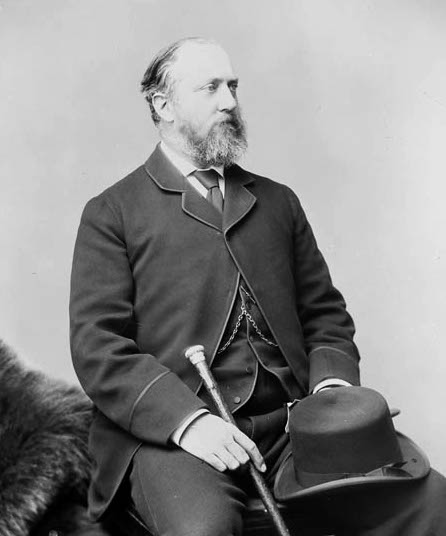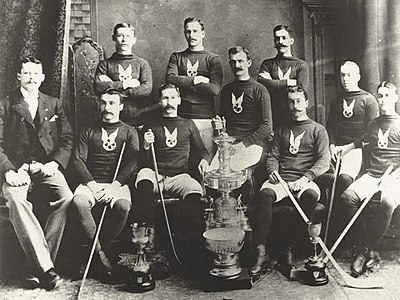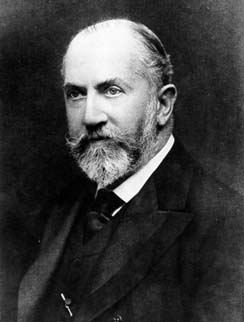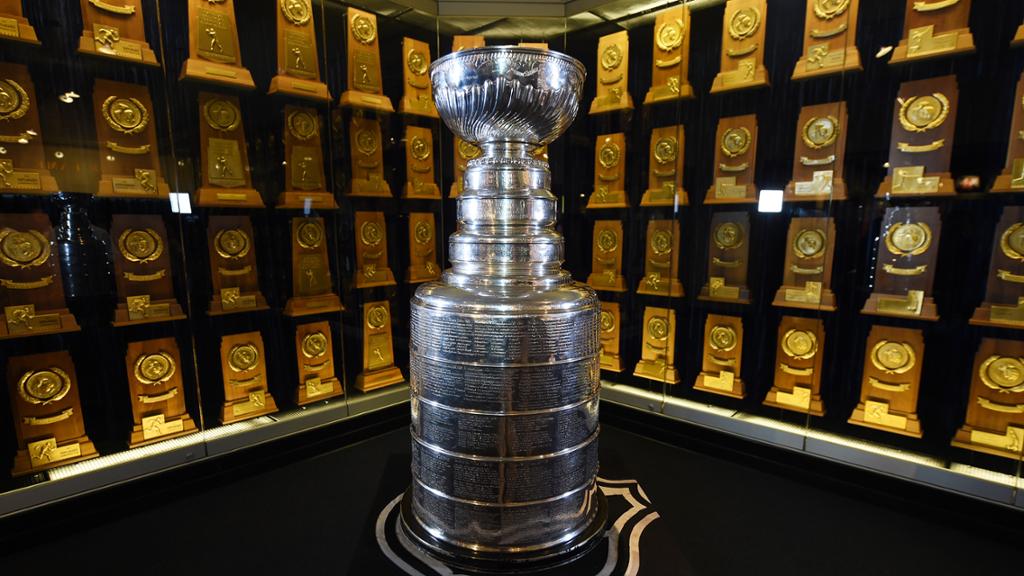The Stanley Cup is one of the most renowned trophies in sports. But who was Lord Stanley for which the trophy is named? In this article we take a look at the life of Frederick Arthur Stanley, a British politician and the 16th Governor General of Canada. He is best known for his contribution to the world of hockey and the creation of the Stanley Cup, which has become one of the most coveted trophies in sports.
- Life Before Hockey
- Falling in Love With Hockey
- The Stanley Cup is Born
- Lord Stanley’s Legacy
Looking at the Impact of Lord Stanley on Hockey
Life Before Hockey

Lord Stanley was born on January 15, 1841, in London, England, to Edward George Geoffrey Smith Stanley, the 14th Earl of Derby, and Emma Caroline Bootle-Wilbraham. He was educated at Eton College and later at Sandhurst Military Academy, where he trained to become an officer in the British Army.
After completing his military service, Lord Stanley entered politics and was elected to the British Parliament in 1865. He served as a Member of Parliament for Preston until 1868, when he succeeded his father as the 15th Earl of Derby. He later served as the Secretary of State for War from 1878 to 1880 and again from 1882 to 1885.
Falling in Love With Hockey
In 1888, Lord Stanley was appointed as the Governor General of Canada, a position he held until 1893. The Governor General is Canada’s representative of the British monarch. During his time in Canada, Lord Stanley became a great admirer of hockey, which was rapidly gaining popularity in the country. He was particularly impressed by the skill and athleticism of the players, and the passion and enthusiasm of the fans.
In 1892, Lord Stanley attended a hockey game between the Montreal Canadiens and the Ottawa Senators, and was struck by the lack of a trophy to recognize the best team in the country. He decided to donate a silver cup to be awarded to the best hockey team in Canada, and thus, the Stanley Cup was born.

The Stanley Cup is Born
The original Stanley Cup was made by G.R. Collis and Company in Sheffield, England, and was 7.28 inches tall and 11.42 inches in diameter. It cost 10 guineas, or about $50 at the time. The Cup was first awarded in 1893 to the Montreal Canadiens, who won it after defeating the Ottawa Senators in a playoff series.
Lord Stanley’s Legacy
Over the years, the Stanley Cup has become one of the most recognizable and revered trophies in all of sports. It has been awarded to the best hockey team in North America every year since 1926, when it became the official championship trophy of the NHL.
Lord Stanley’s contribution to the world of hockey is immeasurable. His donation of the Cup not only recognized the best hockey team in Canada, but it also helped to elevate the sport to a new level of popularity and respect. The Cup has become a symbol of excellence, hard work, and dedication, and has inspired countless young athletes to pursue their dreams and reach for the top.
In addition to his love of hockey, Lord Stanley was also known for his commitment to public service and philanthropy. During his time as Governor General of Canada, he worked to improve the lives of Canadians, particularly the working class and the poor. He supported the construction of schools and hospitals, and helped to create programs to promote education and health.
After leaving Canada in 1893, Lord Stanley returned to England, where he continued to be involved in public service and philanthropy. He served as the President of the National Society for the Prevention of Cruelty to Children from 1895 to 1902, and was also a member of the Royal Society for the Prevention of Cruelty to Animals.

Lord Stanley died on June 14, 1908, at the age of 67. He is remembered today as a statesman, philanthropist, and sportsman, whose legacy has had a lasting impact on the world of hockey and the people of Canada.
Featured images from Wikimedia






